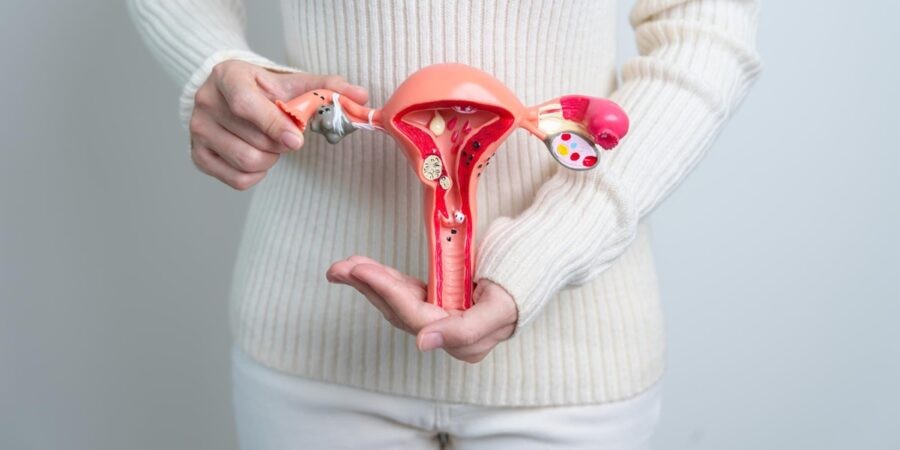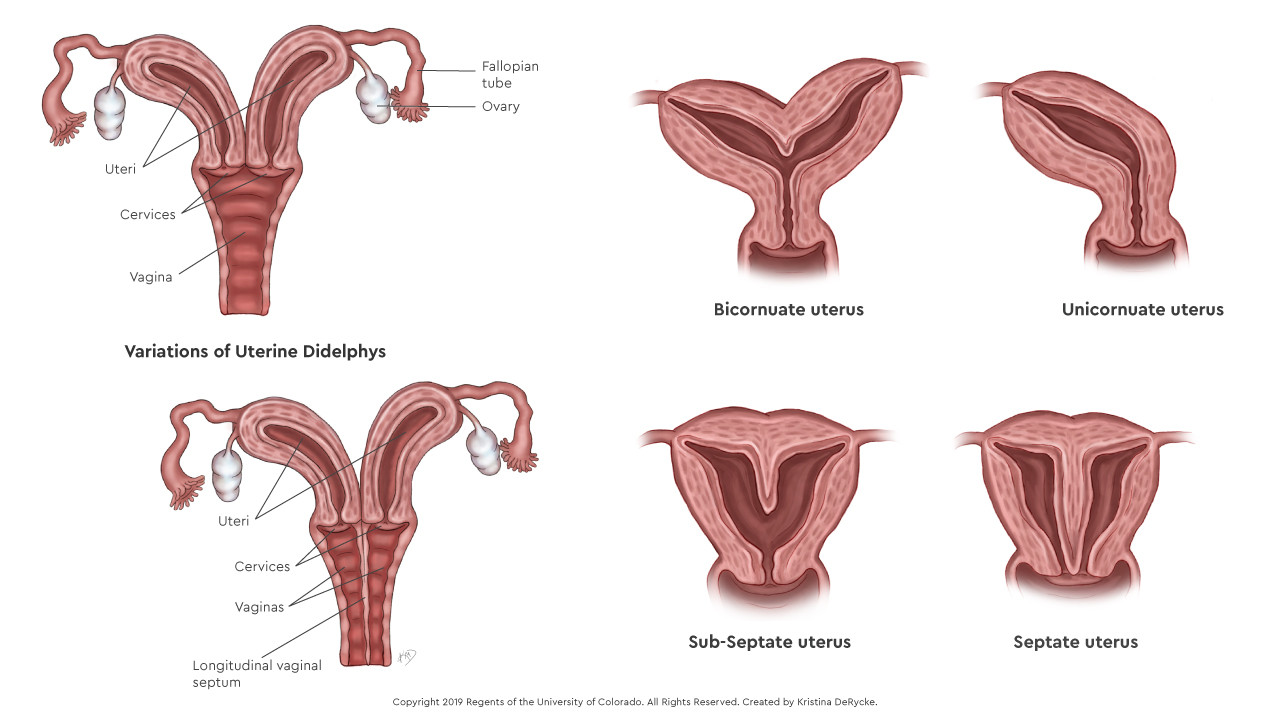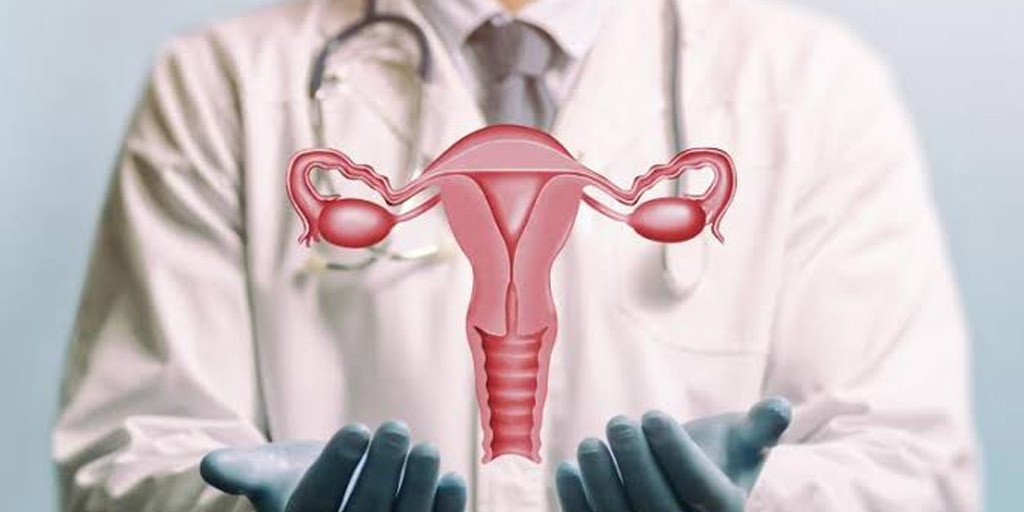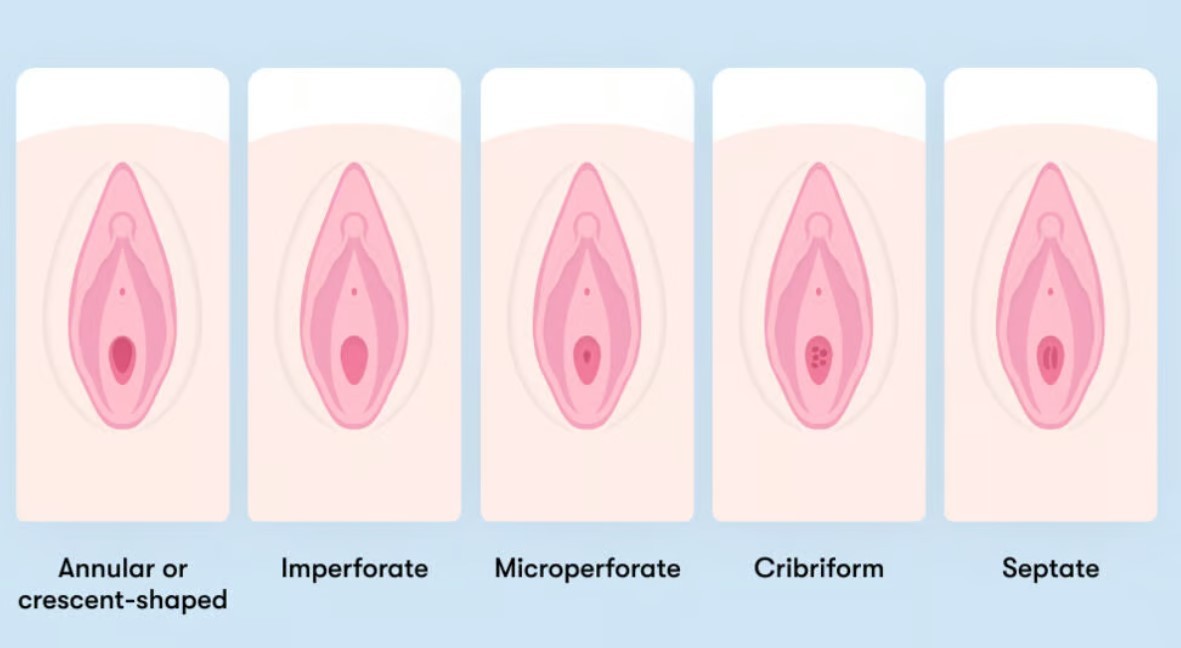Definition
Subinvolution of the uterus is a condition where the uterus does not shrink back to its normal size after childbirth, causing the uterus to remain enlarged post-delivery.
The shrinking of the uterus begins immediately after the placenta is expelled. The uterus gradually reduces in size until it returns to its pre-pregnancy size, a process known as uterine involution, driven by uterine contractions. In subinvolution, this shrinking does not occur as it should.
A woman is considered to have uterine subinvolution if her uterus does not shrink after childbirth. Approximately 1-10 million cases of uterine subinvolution occur worldwide each year, affecting women post-childbirth aged 18-40 years.
Uterine Size Shrinking Process
Normally, during pregnancy, the uterus enlarges along with the growing fetus. Hormonal changes during pregnancy prepare the uterus for the fetus by thickening the uterine lining, expanding blood vessels, and increasing the uterus's size many times over its normal size. This ensures the fetus can grow properly and receive adequate nutrition.
After childbirth, the uterus returns to its pre-pregnancy size and condition. This process takes several weeks, with the uterus gradually shrinking in size and weight. Typically, the uterus shrinks to its original size within 6 weeks, decreasing by about 1-2 cm daily. This shrinking process is faster if the mother breastfeeds, as breastfeeding induces uterine contractions that aid in shrinking the uterus.
Causes
Several conditions can cause the uterus not to shrink after childbirth or hinder its return to its pre-pregnancy size. Causes of uterine subinvolution include:
- Overstretching of the uterus due to multiple pregnancies (twins or more)
- Cesarean section delivery
- Multiple or repeated pregnancies
- Growth of benign tumors in the uterus (uterine myoma)
- Inflammation of the uterine lining, usually due to infection (endometritis)
- Pelvic cavity infection
- Retained placental tissue adhering to the uterine wall
- Uterine prolapse, where the uterus protrudes into the vagina due to weak uterine tissue
Information about twin pregnancies can be found here: Twin Pregnancy - Definition, Cause And Risk Factor.
Risk Factor
The risk of uterine subinvolution can increase in mothers with the following conditions:
- Prolonged or difficult labor
- Full bladder
- Infection during pregnancy that can be transmitted to the baby
- Retained placental tissue in the uterus for more than 30 minutes post-delivery
- Persistent postpartum bleeding
- Retained embryonic tissue in the uterus
Symptoms
Symptoms of uterine subinvolution can vary among individuals. Generally, mothers may experience:
- Persistent postpartum discharge from the vagina
- Abnormal discharge, such as with a strange odor
- Heavy bleeding
- Enlarged and soft uterus
- Abdominal pain and cramps
- Fever, if subinvolution is due to infection
- Dizziness or weakness due to significant blood loss
If you want to read articles about infection or inflammation in the uterus, you can find them here: Endometritis - Definition, Cause And Risk Factor.
Diagnosis
A doctor can diagnose uterine subinvolution through several steps. Generally, after childbirth, the doctor will routinely check your condition. You can report any symptoms experienced post-delivery and consult the doctor if there are any concerning signs. Inform the healthcare provider if you experience abnormal bleeding, pain, or postpartum discharge.
Vital signs such as blood pressure, pulse, temperature, respiratory rate, and pain level will be checked. The doctor will then examine your postpartum discharge and uterus to determine if normal shrinking is occurring and how the contractions are. Inform the doctor if you experience pain when your abdomen is pressed.
Imaging tests like ultrasound (USG) and MRI (Magnetic Resonance Imaging) can be done to directly assess the uterus's size and determine the cause of subinvolution.
Management
The doctor will check if the mother's condition is stable. If the mother experiences fluid loss due to bleeding, the doctor will stabilize her condition with fluid therapy. If there is significant blood loss, a blood transfusion may be given. The uterus will be massaged to induce contractions.
Medications
In uterine subinvolution, the uterus does not shrink due to weak or absent contractions, so the doctor will prescribe medication to induce uterine contractions. Antibiotics will also be given, especially if the condition is caused by an infection of the uterine lining.
Curettage Procedure
Additionally, treatment will be tailored to the cause of uterine subinvolution. For example, if there is retained placental tissue in the uterus, it will be removed through curettage.
Hysterectomy
After treatment, the doctor will evaluate the uterus's size daily by palpating the uterine fundus to assess the treatment's effectiveness. The duration of uterine subinvolution treatment varies for each person.
Typically, uterine subinvolution can improve within 1-3 months after receiving proper treatment. The doctor may also recommend a hysterectomy, a surgical procedure to remove part or all of the uterus, as a last choice if uterine subinvolution does not improve and bleeding persists.
Complications
Uterine subinvolution can cause complications and other health problems if not properly treated. Bleeding may continue, reducing blood flow to organs and tissues, which can be life-threatening if prolonged.
Read about shock articles here: Shock (Shock) - Definition, Cause and Risk Factor.
Prevention
If you are pregnant, you can prevent undesirable conditions by regularly attending prenatal check-ups. Additionally, take prenatal supplements prescribed by your doctor. Recognize risk factors that may complicate your pregnancy and signs of potential danger. After childbirth, you should also engage in light exercises or movements.
When to See a Doctor?
See a doctor if you experience any of the following after childbirth:
- Abdominal pain or cramps
- Heavy and persistent vaginal bleeding
- Foul-smelling vaginal discharge
Looking for more information about other diseases? Click here!
- dr Hanifa Rahma
Uterine Subinvolution – Distace Learning Course. (2022). Retrieved 5 November 2022, from https://brooksidepress.org/ob_newborn_care_2/?page_id=323.
Subinvolution of Uterus – Tabletwise. (2022). Retrieved 5 November 2022, from https://www.tabletwise.net/health/subinvolution-of-uterus.
Uterus Involution – Clevelandclinic. (2022). Retrieved 5 November 2022, from https://my.clevelandclinic.org/health/articles/22655-uterus-involution.
Luo L. (2022). Uterine necrosis, infection, and subinvolution: complication observed after combined application of modified B-Lynch suture and vascular ligation. Retrieved 5 November 2022, from https://journals.sagepub.com/doi/pdf/10.1177/03000605211010730.












